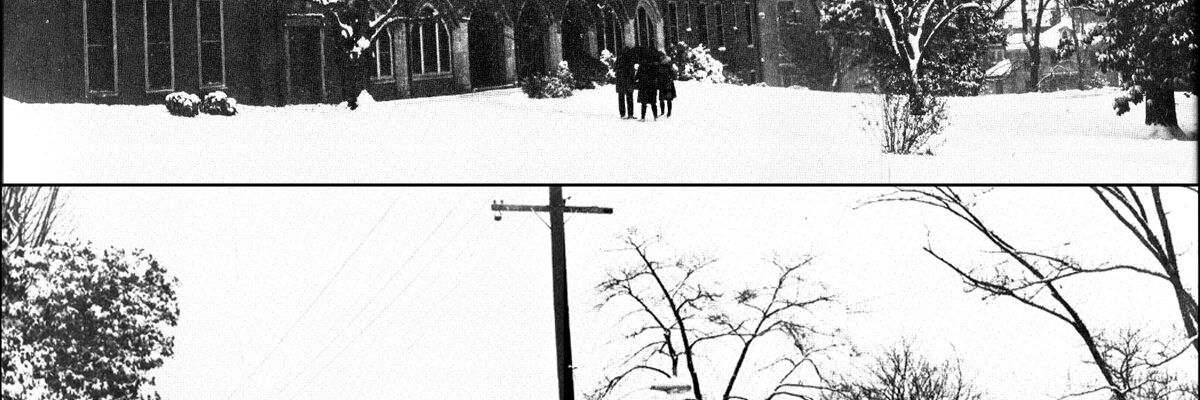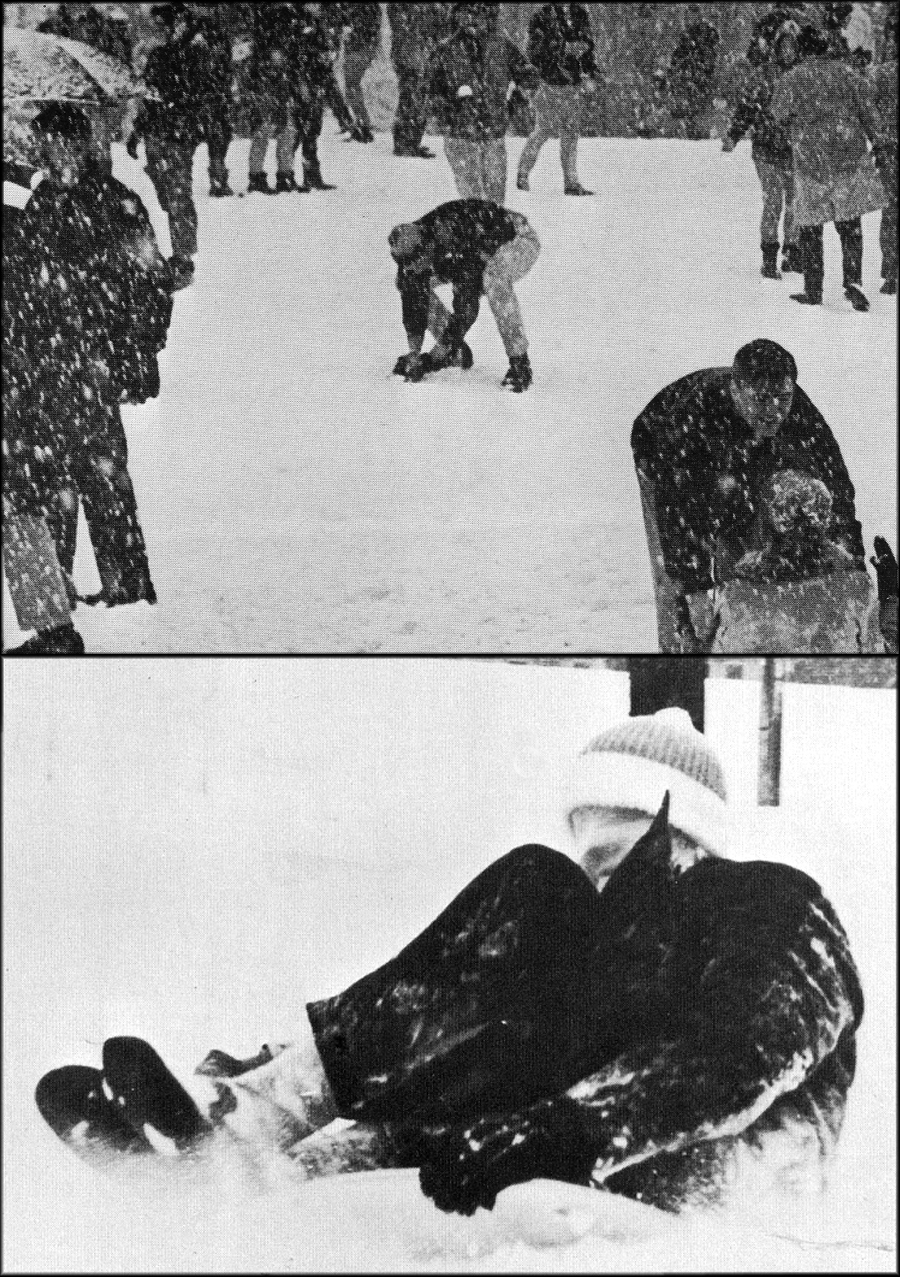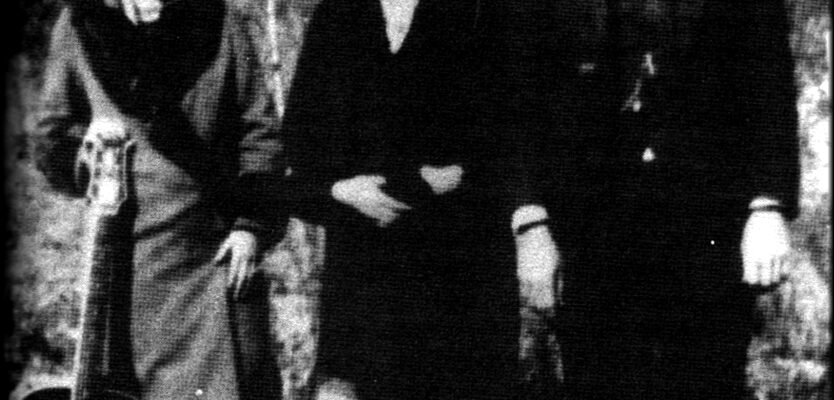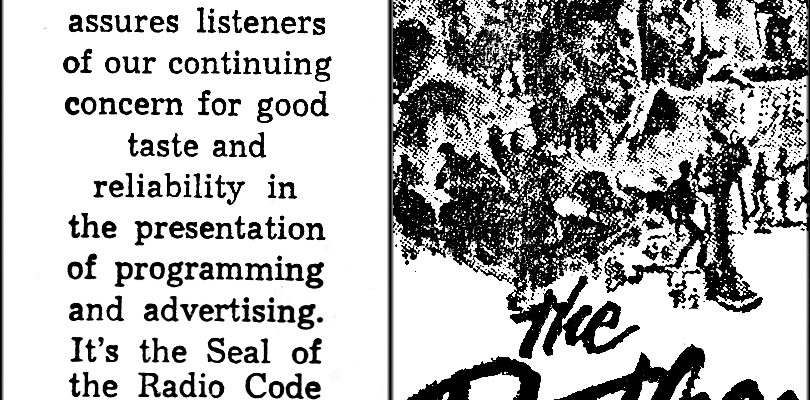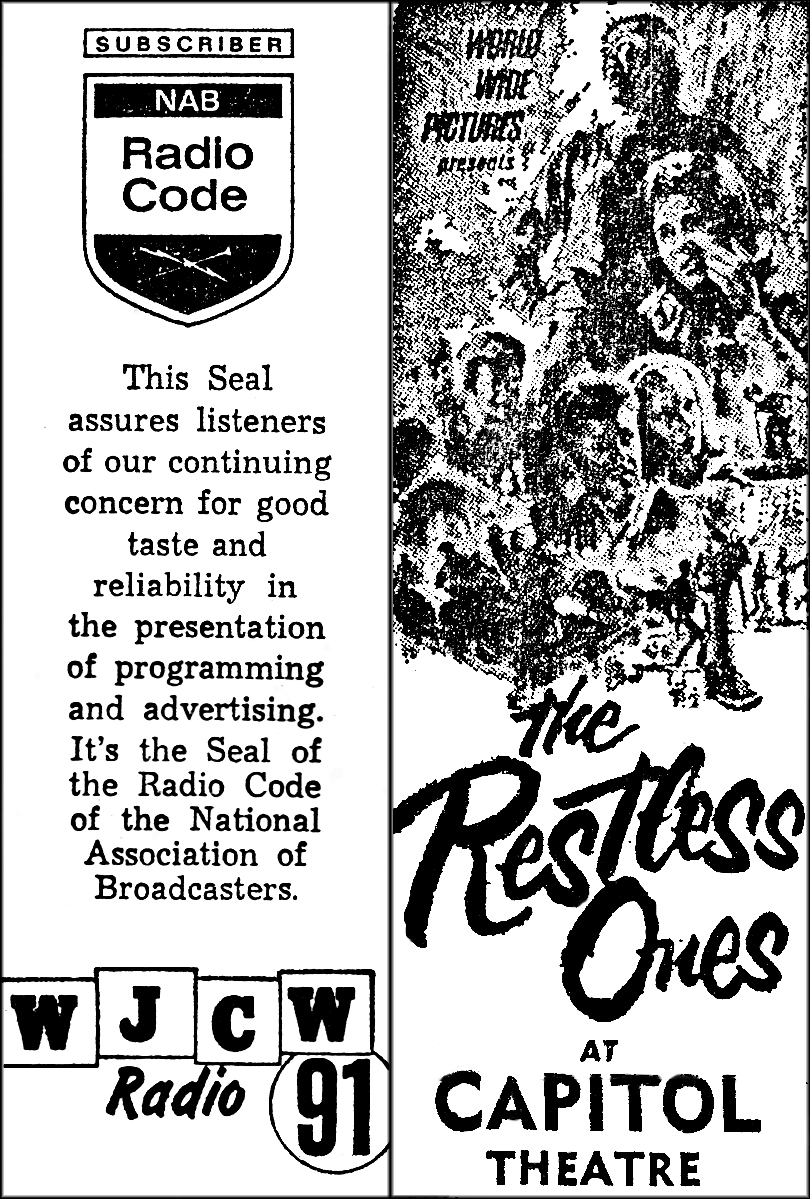I enjoy receiving correspondence from folks who once worked at long-deceased businesses. Such was the case for Ledford's Food Center, once located at 206 N. Roan, just down the street from The Gables, a popular confectionery.
The informant, who asked to remain anonymous, noted that the store once experienced a relatively large volume of business. John Doe's tenure there spanned more than six years. His comments are shown in quotes; my added notes are in brackets.
According to Doe, “The property was owned by area businessman, Robert London, but its contents comprised a retail grocery store leased by Howard V. Ledford. Howie, as he became known, acquired the reputation of being an affable person to customers and employees.

“Although lacking a suitable parking lot, air conditioning, fancy advertising, extended hours, flashy displays and background music, its various perks and clever practices set this store apart from most of its competitors.”
(Customers had to locate parking spaces on nearby streets or use one of the few located behind the store, which had a two-hour limit. Store hours were 8:00 a.m. until 6:30 p.m. on Monday through Thursday. It was open until 7:30 p.m. on Friday and Saturday. Unlike most downtown stores of that era, they did not close at noon on Wednesday. They were closed all day on Sunday.)
“Several area restaurants and small grocery stores routinely bought meat, particularly ground beef, at wholesale prices from them. One eatery, Melody Lane Grill, managed by Jim Townsend, was the best commercial customer through the years, enjoying the greatest discount.
“Johnson City Eye Hospital’s Ms. Patrick was provided free delivery of her institution’s orders as a reward for their business. Also to the delight of Billy Carpenter, the food center also stored refrigerated and frozen items free of charge for nearby Junior High when the school's own equipment could not accommodate its needed supply.” (Many folks will remember the colorful Billy at the school's cafeteria, working with his mother, Mary, who was the manager.)
“Meat cutters, who stayed busy most of their respective tenure, especially on Saturdays, included Earl Ledford, Dennis Miller, Roy Cannon, Sherman Cox, Claude Lilly, Gene McKee, Jimmy Bowman, and Geeter Sheets.
“Ledford's obtained its meat from several wholesalers: Rath, Swift, Cudahy, Wilson, Valleydale, Hormel, Oscar Meyer, and Selecto (East Tennessee Packing Co. in Knoxville). Choice beef was obtained from Kingan Co. in Indianapolis, while pork sausage was procured from local distributors such as Morton Brothers, Bulla and Payne.
“Locally, the Sells Company sold fresh poultry to the small store. Occasionally, fresh rabbit as well as Will Cope’s home-made tamales could be found in the self-service case.” (Mr. Cope, as many of us seniors can testify, made absolutely the best hot tamales in town.)
“The produce department rivaled the meat market in attrition of employees. At various times, tending the fresh fruits and vegetables were Everett Hughes, Henry Arnold, Bobby Hoss, Joe Henley, Ray Bowman, Edwin Goines, and Bill Hughes.
“Fresh produce was delivered twice weekly and placed at the front door with no fear of theft or damage, despite being left unattended an hour or more before Ledford or assistant manager, Ralph Booth, opened the door around 7:30. Most of these high-quality foods had been bought from Hale Brothers, a premiere wholesaler of fruits and vegetables in Morristown.
“Bag-up boys never had to ask customers whether they preferred paper or plastic; the latter had not come into existence back then. Personnel included J.G. Peterson, Raymond Kilby, Tony Bowman and Marvin Gouge. Jim Evans had a brief stay there as chief shelf-stocker. Only two cashiers were employed at Ledford's: Booth and a worker named Wallace Bolding.”
My column photo shows a Ledford's store ad with a caricature of Mr. Ledford, who promoted his products using humorous comments, usually preceded with the words, “Howie Sez.”
Thank you, John Doe, for escorting us back to yesteryear for a peek into Ledford's Food Center. Does anyone know additional facts about the operation or what years the store was in business? If so, please send me a note.

